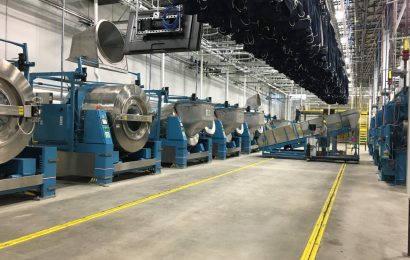Existing Guidance is Outdated and Contradictory
The Residential Landlords’ Association has called for a full re-evaluation of fire safety regulations to ensure the safety of householders across the UK.
The tragic events at Grenfell Tower in June have brought the subject of fire safety in residential buildings into sharp focus – and not before time, according to the Residential Landlords’ Association (RLA).

RLA Vice Chairman Douglas Haig says that the current regulations date back to 2005 and 2006, and were issued by a body that no longer even exists. He has called for a full review, examining factors including construction materials, fire signs, detection and suppression equipment and evacuation procedures.
Current guidelines
At present, Landlords are expected to follow fire safety guidance notes that were published by Local Authorities Coordinators of Regulatory Services (LACORS) in 2005. There are three shortcomings here.
The first is that the guidance was published 12 years ago, since which time a lot has happened in the residential fire safety world. The second is that LACORS no longer actually exists, having been abolished and remixed into the Local Government Regulation body as part of the Local Government Group’s “Getting Closer” initiative in 2010. The third is that the guidance notes are just that – notes that provide guidance on fire safety. They are not prescriptive rules that Landlords are required to comply.
The LACORS notes apply to what is called “existing residential accommodation” – this means properties that were in use before 1991. Any that were built or converted after this are subject to a different set of guidelines. Exactly which depends on when it was built and what type of building it is. The situation is so confusing that the RLA has a page dedicated to helping Landlords select the right set of guidelines by asking a list of questions.
And more regulations
And this is only the beginning. Landlords are also, potentially, subject to a separate but related set of rules called the Housing Health and Safety Rating System (HHSRS). This covers a variety of Health and Safety risks in rented property, including some aspects of fire safety.
In some cases, the LACORS and HHSRS requirements are aligned, but more often, they are inconsistent or contradictory. For example, the recommendations for detectors and alarms are quite different, depending on which set of guidelines you are reading.

Putting the residents first
One of the most significant findings to come out of the Grenfell Fire investigation so far has been that fire safety regulations are inconsistent, difficult to understand, sporadically implemented and poorly enforced.
The RLA has no doubt that the vast majority of Landlords have tenant safety at the top of their priority list and want to ensure their property is compliant. The problem is that as the rules and guidelines currently stand, this is far easier said than done.
Shortcomings and ambiguities in the Building Regulations when it comes to fire safety have already been highlighted, and have come under the spotlight in the wake of the tragedy. The time is surely right for a full root and branch review of all fire safety guidelines to do everything in our power to prevent a similar tragedy from occurring.







